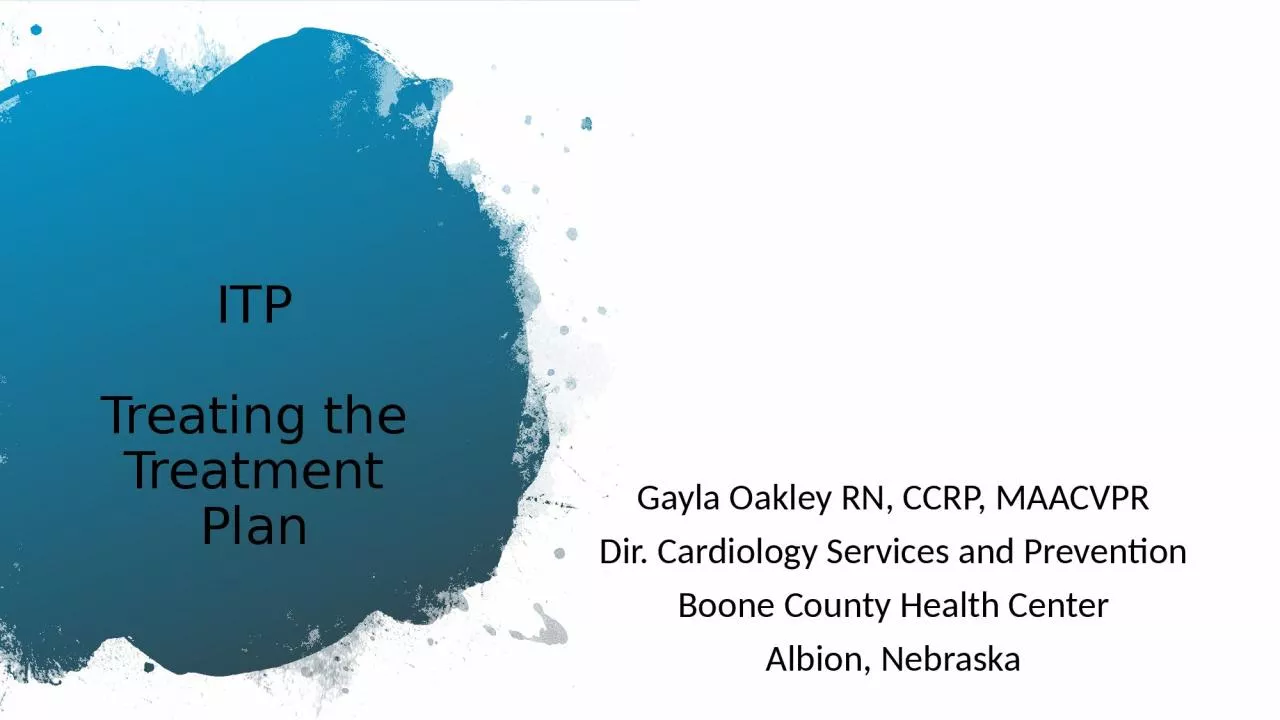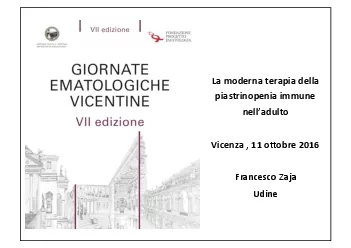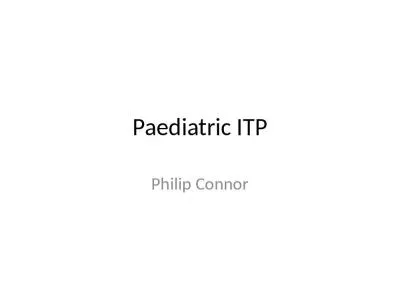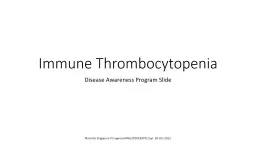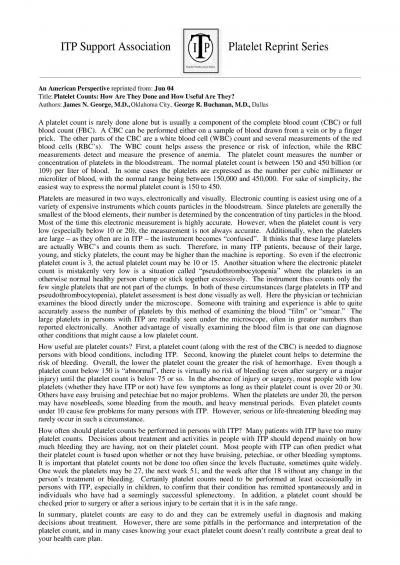PPT-ITP Treating the Treatment Plan
Author : WhiteGhost | Published Date : 2022-08-04
Gayla Oakley RN CCRP MAACVPR Dir Cardiology Services and Prevention Boone County Health Center Albion Nebraska Why How o This Photo by Unknown Author is licensed
Presentation Embed Code
Download Presentation
Download Presentation The PPT/PDF document "ITP Treating the Treatment Plan" is the property of its rightful owner. Permission is granted to download and print the materials on this website for personal, non-commercial use only, and to display it on your personal computer provided you do not modify the materials and that you retain all copyright notices contained in the materials. By downloading content from our website, you accept the terms of this agreement.
ITP Treating the Treatment Plan: Transcript
Download Rules Of Document
"ITP Treating the Treatment Plan"The content belongs to its owner. You may download and print it for personal use, without modification, and keep all copyright notices. By downloading, you agree to these terms.
Related Documents

